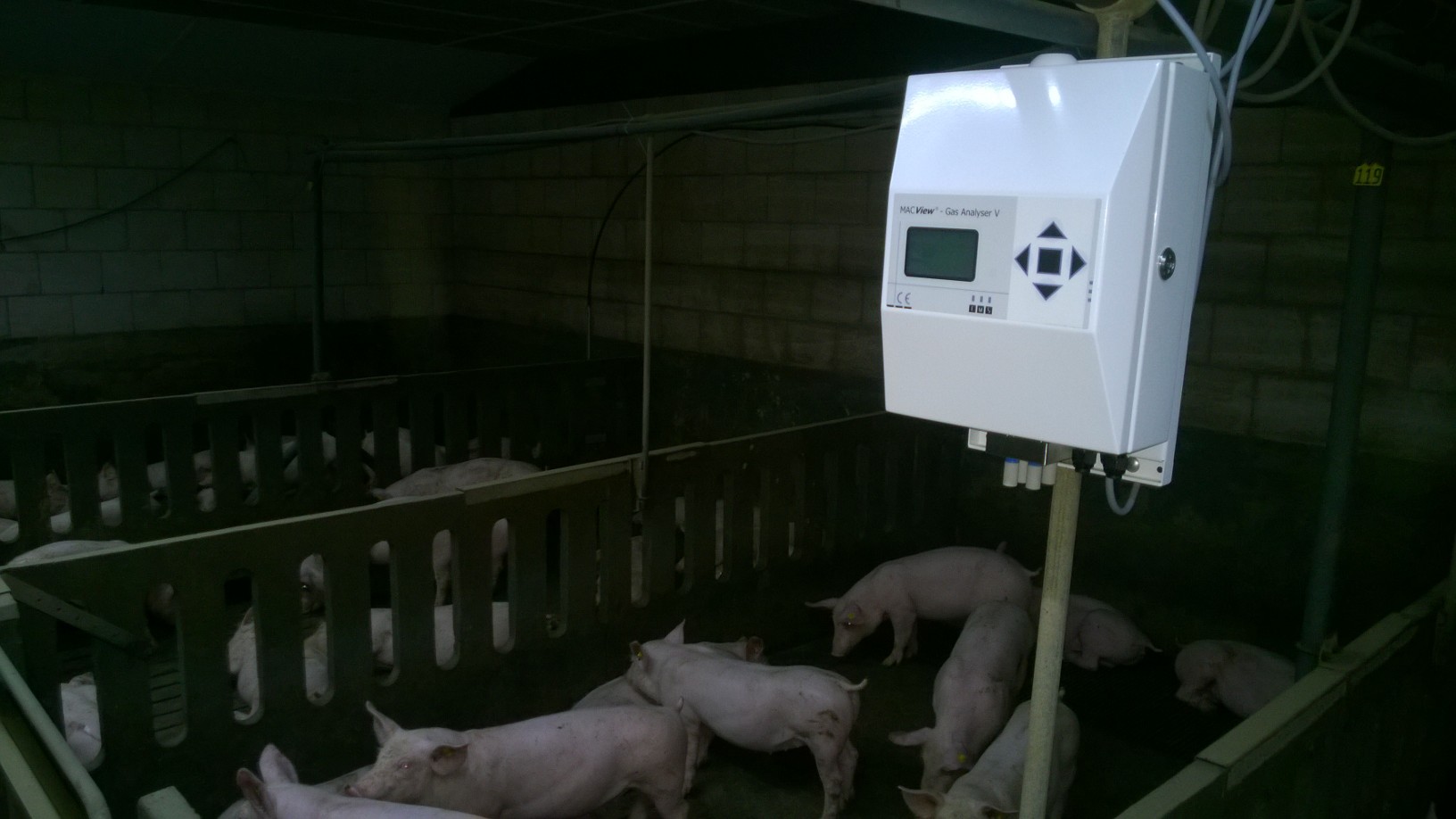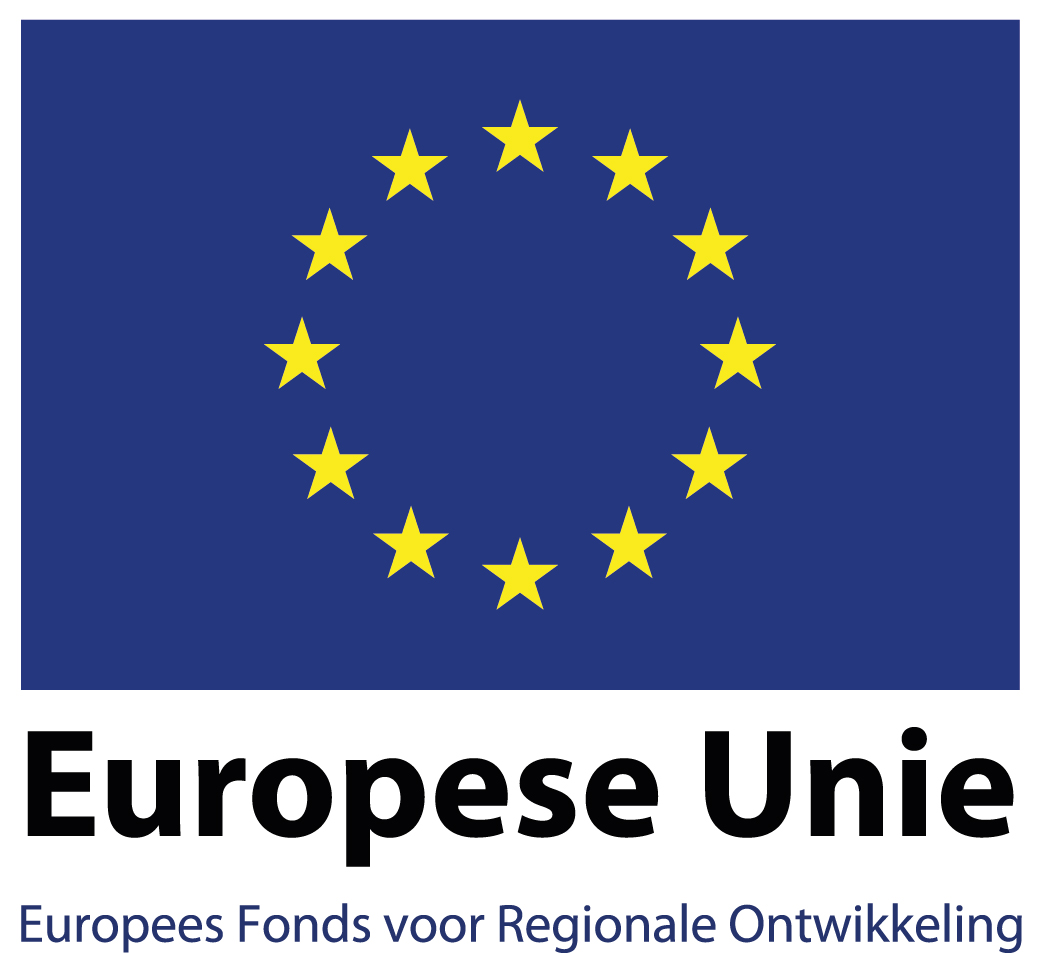
EMS launches low cost reliable ammonia sensor for livestock 15 April 2019
EMS The Netherlands developed a reliable ammonia sensor based on optical technology, capable of measuring ammonia in the rough conditions of livestock farming. The sensors are tested and were resistant to the harsh environment and showed no permanent damage in contrast to well-known and widely spread electrochemical sensors. The ammonia sensors were tested on the properties of its cross sensitivities. The new NH3 sensor has no influence from humidity variation, and no temperature influence due to the double beam reference principle. The cross sensitivity was tested and the ammonia sensor show no interference with high concentrations of H2S, alkanes, methane, ethane, up to C8 octane, and CO2 which are typical in the livestock environment.
The new sensor is able to place in livestock applications such as: cattle, poultry and pigs. The sensor has 2 inputs which can be measured and is beside able to measure the climate in stables, also able to monitor the efficiency of ammonia scrubbers.
The sensor is fully non-destructive and does not consume any chemical substance of the sample, and has a long-term stability able to withstand continuous exposure to NH3. The sensor has a high resolution of true 0.1 ppm, and has a standard deviation of 90 ppb across the range of 0 - 25 ppm.
The sensor can be placed practical on a pole, can be wall-mounted or can hang on the roof. The sensor can optional be equipped with a CO2 (Carbon dioxide) sensor. The sensor contains a wireless GPRS/UMTS (2G/4G) modem which is connected to the internet portal, which delivers the measured data direct to the database. Access to the portal provides you with all data together with date and time stamps. Another interface is a traditional 4-20 mA or Modbus interface which data is provided by an industrial network to a PLC or climate computer.
Two calibration bottles are provided to perform an automatic calibration. The bottles contain certified ammonia gas and CO2 gas. Calibration can be done by the user. The sensing elements inside the sensor are not prone to aging, and are not necessary to exchange.
For more information, contact EMS, you can find us as well on all livestock exhibitions in the Netherlands and outside.
The development of this product has been made possible with support from the European Regional Development Fund in the context of OPZuid.




